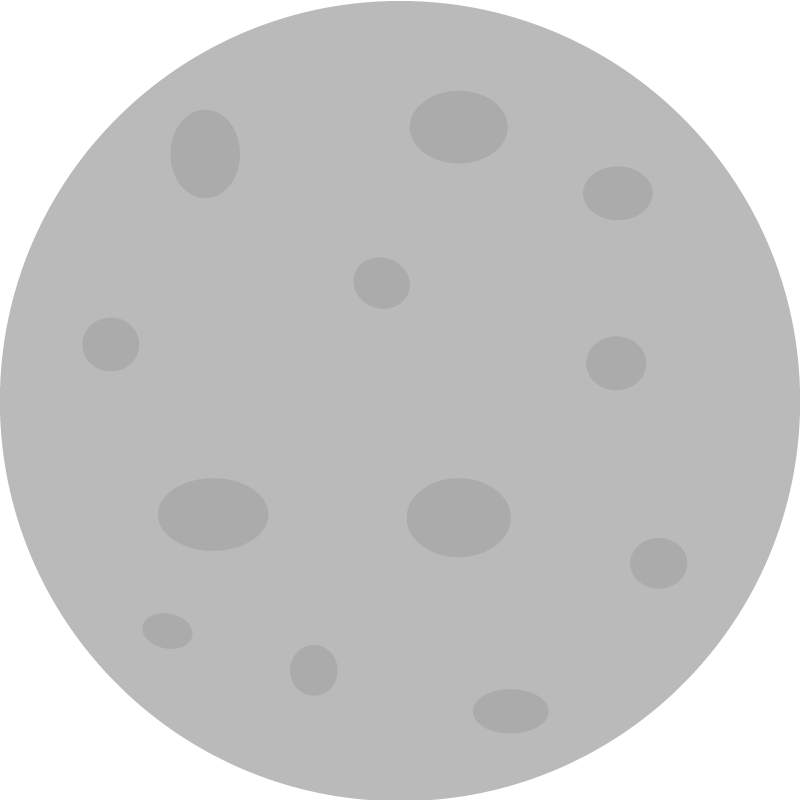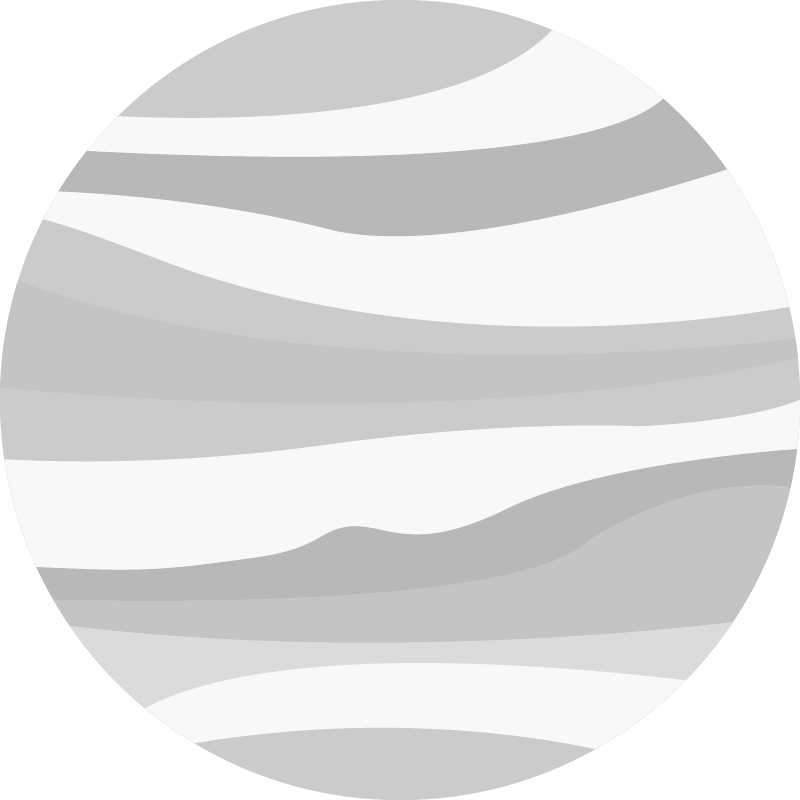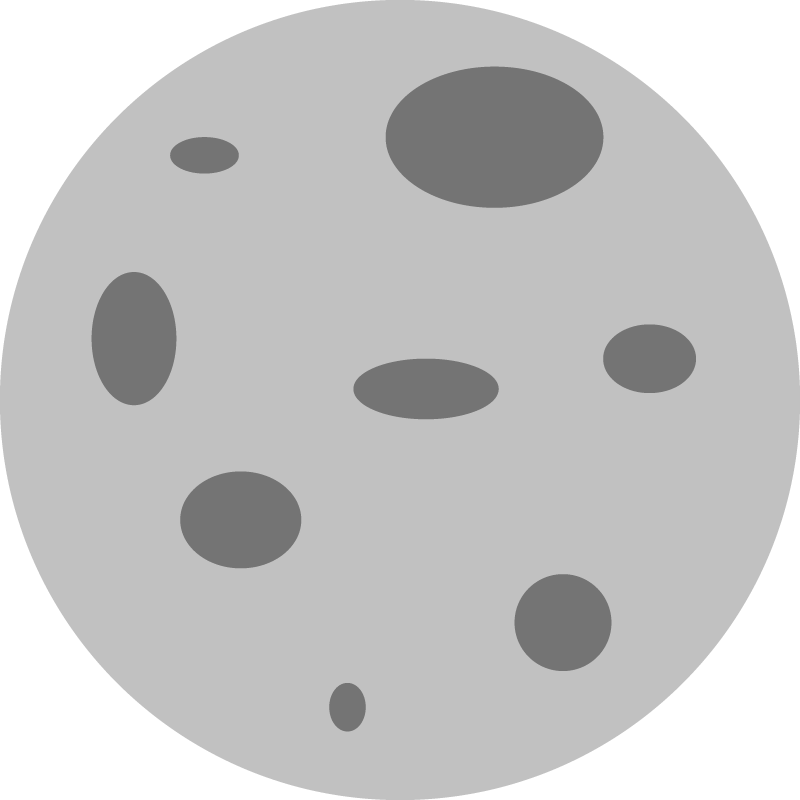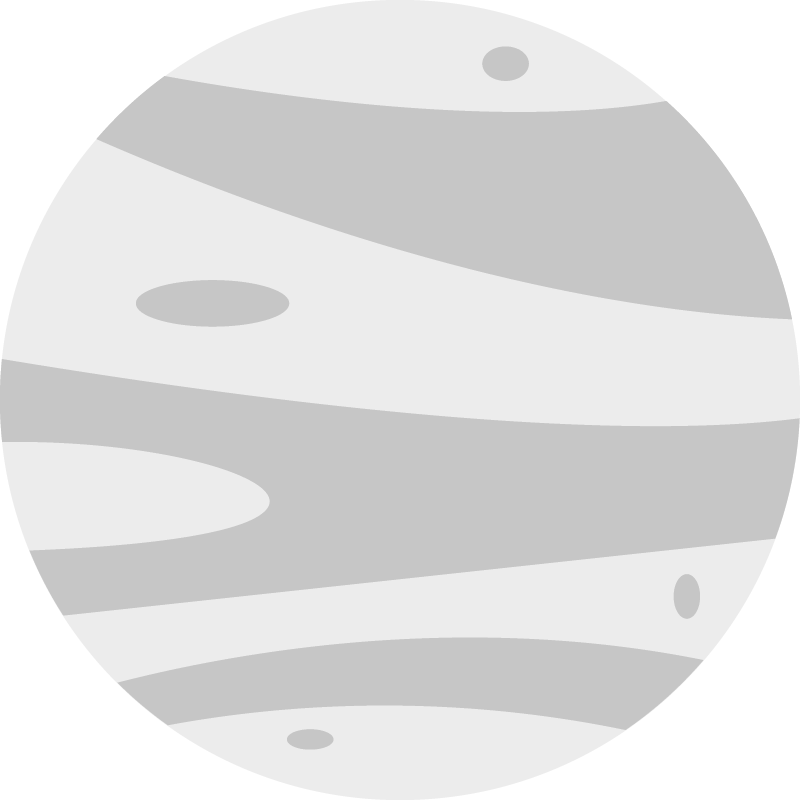


Mercury

Mercury
Description
Data
- Density: 5.43 g/cm³
- Diameter: 4,879 km
- Orbit: 87.97 Earth days / 54,909,227 km
- Mass: 330,104,000,000,000 billion kg
- Temperature: -173 to 427°C
Mercury is the closest planet to the Sun and is also the smallest of all the planets in our Solar System. For every 2 orbits of the Sun, which takes around 99 Earth days, Mercury completes three rotations of its axis. It is gravitationally locked and this rotation is unique to the solar system


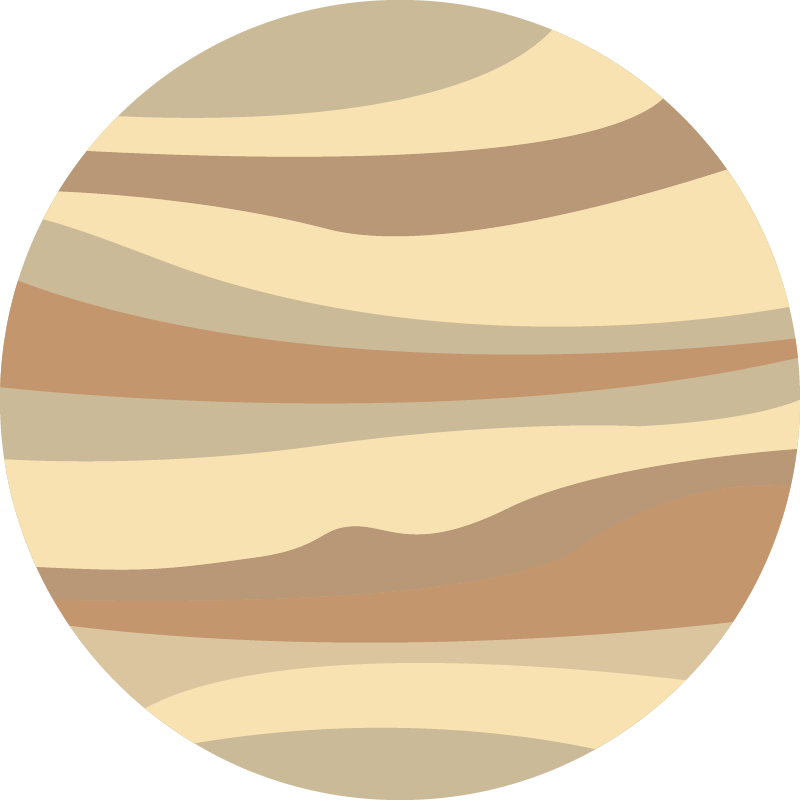
Venus

Venus
Description
Data
- Density: 5.24 g/cm³
- Diameter: 12,104 km
- Orbit: 224.7 Earth days / 108,209,475 km
- Mass: 4,867,320,000,000,000 billion kg
- Temperature: 462°C
Venus is the second planet from the Sun and the third brightest object in Earth’s sky after the Sun and Moon. It is sometimes referred to as the sister planet to Earth, because their size and mass are so similar. Venus is also the closest planet to Earth. The surface of Venus is hidden by an opaque layer of clouds which are formed by sulphuric acid



Earth

Earth
Description
Data
- Density: 5.51 g/cm³
- Diameter: 12,756km
- Orbit: 365 Earth days / 149,598,262 km
- Mass: 5,972,190,000,000,000 billion kg
- Temperature: -88 to 58°C
Earth is the third planet from the Sun and the largest of the terrestrial planets, Surprisingly, while it is only the fifth largest planet in terms of size and mass, it is the densest of all the planet and is the only one in the Solar System known to support life in a liveable and thriving atmosphere.



Mars

Mars
Description
Data
- Density: 3.93 g/cm³
- Diameter: 6,805 km
- Orbit: 686.98 Earth days / 227,943,824 km
- Mass: 641,693,000,000,000 billion kg
- Temperature: -87 to -5°C
Mars is the fourth planet from the Sun and the last of the terrestrial planets. Mars is popularly known as the Red Planet because of the brownish-red color of its surface. Mars is the second smallest planet in the Solar System behind Mercury. It has been theorised by many scientist and conspiracists that Mars once sustained life.



Jupiter

Jupiter
Description
Data
- Density: 3.93 g/cm³
- Diameter: 142,984 km
- Orbit: 4,322.82 Earth days / 778,340,821 km
- Mass: 1,898,130,000,000,000,000 billion kg
- Temperature: -108°C
Jupiter is the fifth planet from the sun and as we know it is easily the largest and most massive planet in the Solar System. To put this in perspective, it would take 11 Earths lined up next to each other to stretch from one side of Jupiter to the other and it would take 317 Earths to equal the mass of Jupiter.


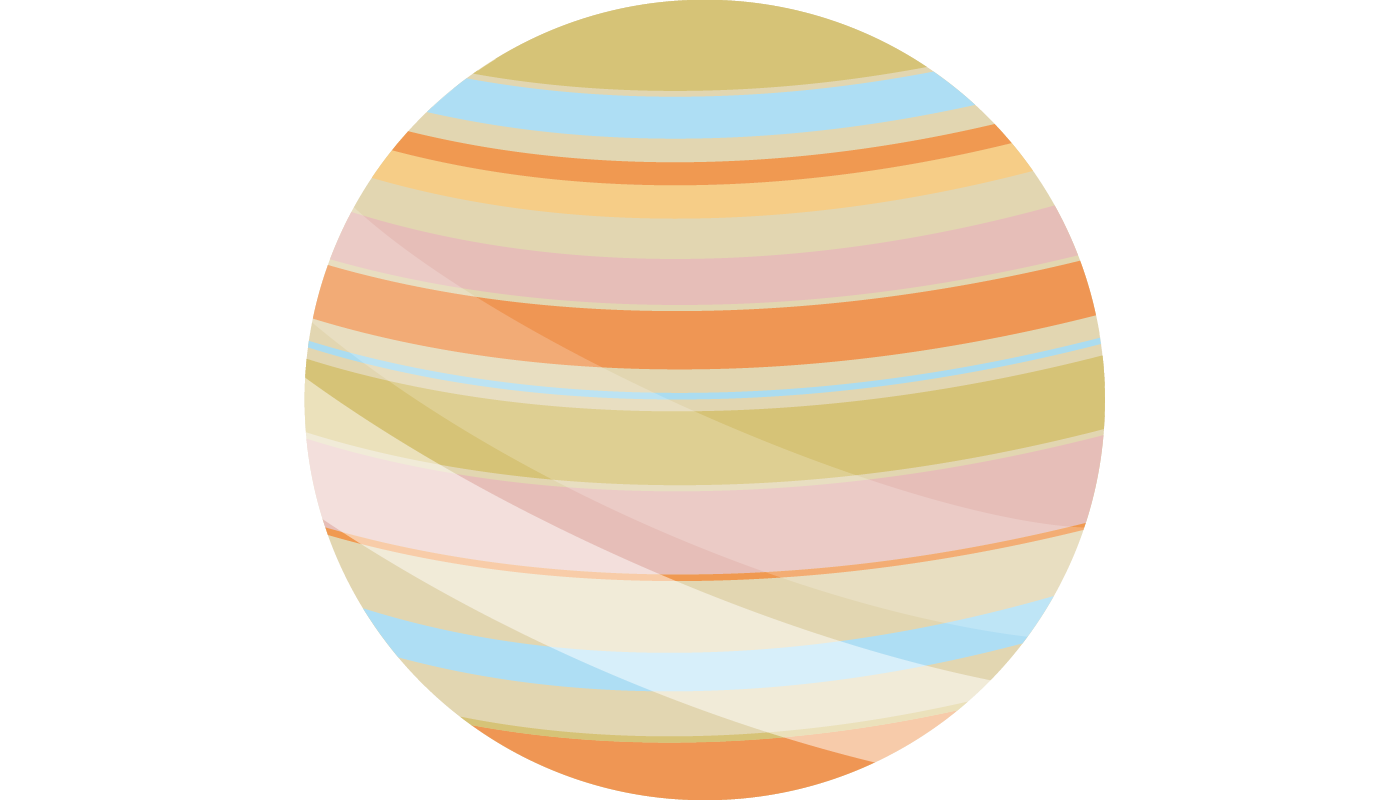
Saturn

Saturn
Description
Data
- Density: 0.687g/cm³
- Diameter: 120,536 km
- Orbit: 10,755 Earth days / 1,426,666,422 km
- Mass: 568,319,000,000,000,000 billion kg
- Temperature: -139°C
Saturn is the sixth planet from the Sun and the second largest planet in the Solar System in terms of diameter and mass. If compared, it is easy to see why Saturn and Jupiter have been designated as relatives. From atmospheric composition to rotation, these two planets are extremely similar in its sheer size making many associating both together.


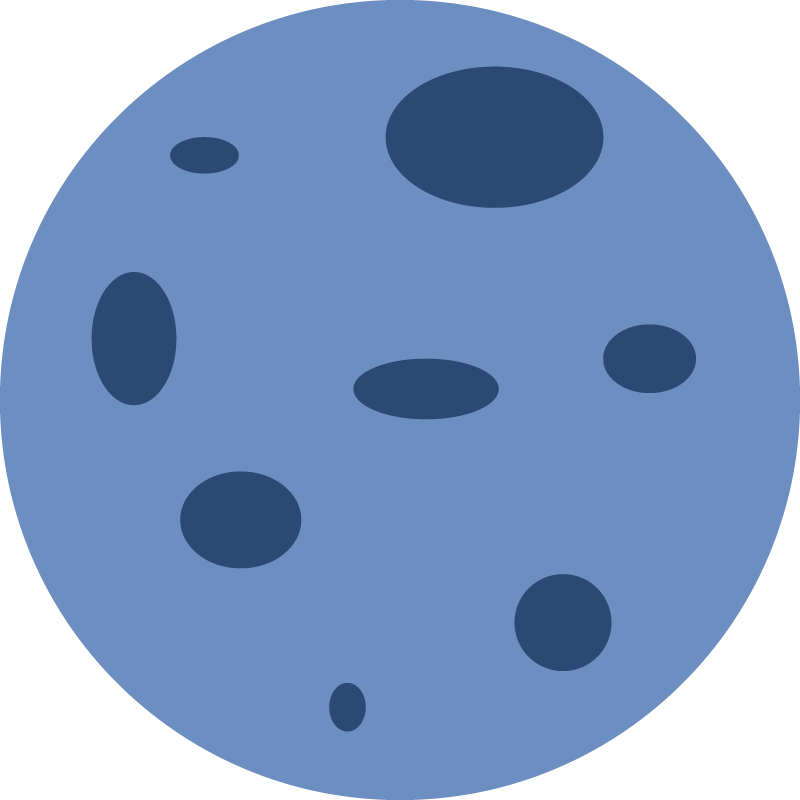
Uranus

Uranus
Description
Data
- Density: 1.27g/cm³
- Diameter: 51,118 km
- Orbit: 30,687.15 Earth days / 2,870,658,186 km
- Mass: 86,810,300,000,000,000 billion kg
- Temperature: -197°C
Uranus is the seventh planet from the Sun and the third largest planet by diameter in our Solar System. It is also the only planet to have been discovered in modern history due to the planet being too dim for ancient civilization to view the planet.



Neptune

Neptune
Description
Data
- Density: 1.64g/cm³
- Diameter: 49,528 km
- Orbit: 60,190.03 Earth days / 4,498,396,441 km
- Mass: 102,410,000,000,000,000 billion kg
- Temperature: -201°C
Neptune is the eighth planet from the Sun and the last of the known planets. While it is the third largest planet with respect to mass, it is only the fourth largest in terms of diameter. It is the second planet to be discovered in modern history due to the planet reflecting little light thus ancient civilisation were not able to see the planet.


